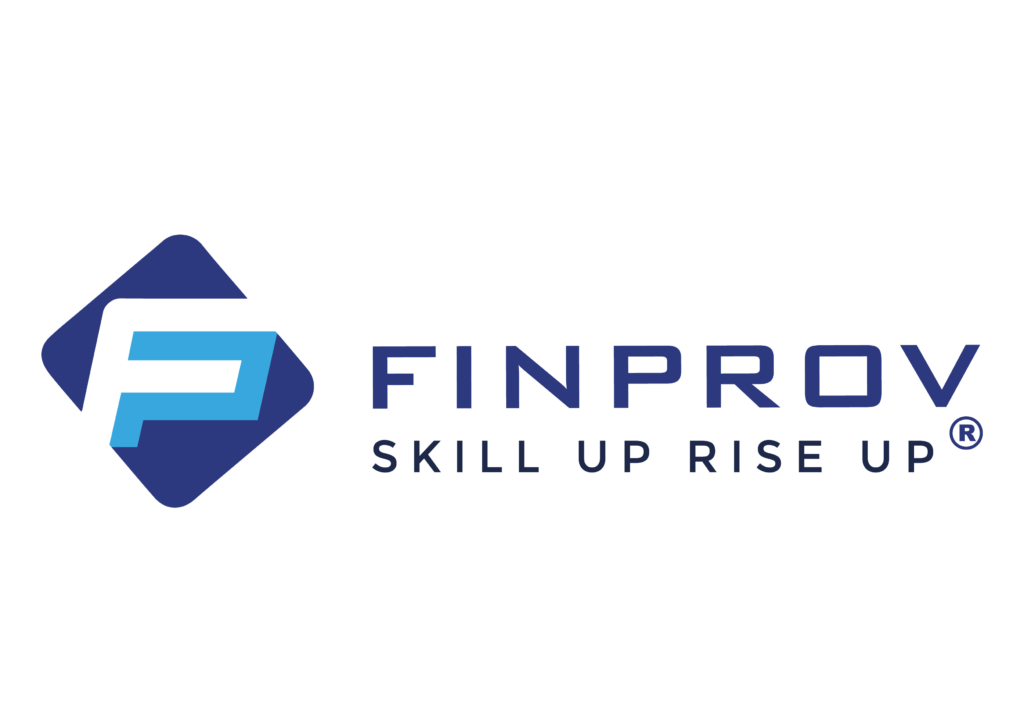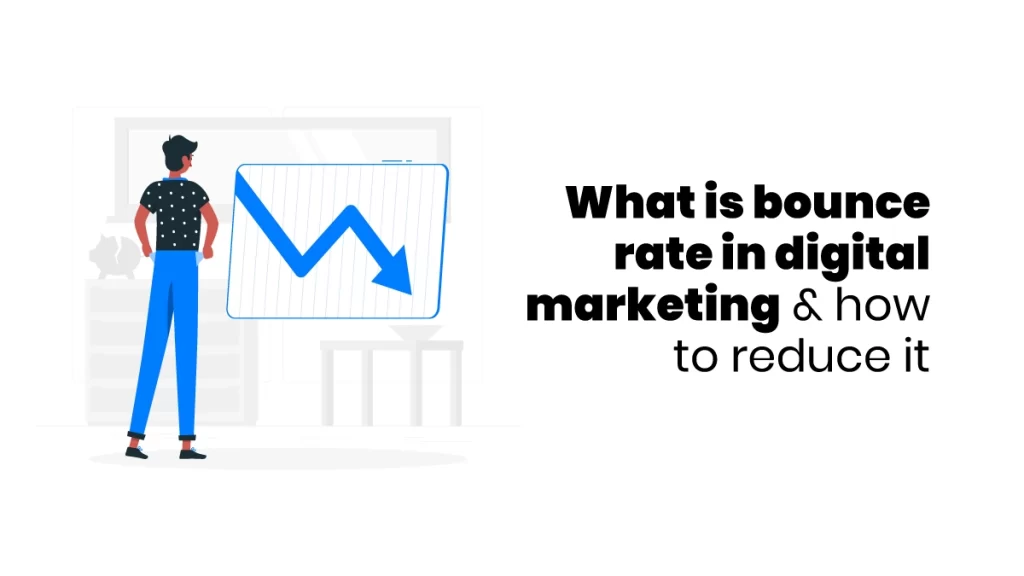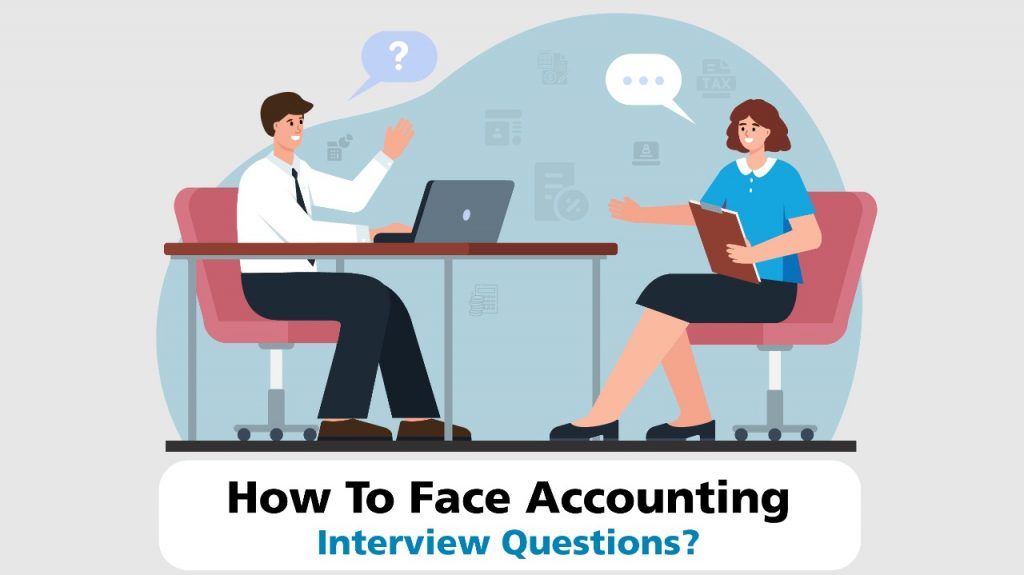Effectively identifying the causes of high bounce rates is a valuable strategy to pinpoint areas for improvement, leading to increased user engagement, elevated site rankings, and enhanced financial returns. Given the various misconceptions surrounding bounce rates, it becomes essential to establish a clear definition and determine when it can be beneficial and when improvement is necessary.
What is the Bounce Rate?
Your bounce rate in digital marketing signifies the percentage of visitors arriving at your website and departing without exploring other pages besides the initial one they landed on. In simpler terms, it reflects the number of individuals who swiftly “bounce” away from your site shortly after arrival.
Significance of Bounce Rate
Maintaining a balanced bounce rate is crucial. A high bounce rate shows potential issues with user experience, leading to reduced site sales as visitors exit without engaging. Recognizing the significance of bounce rate is pivotal for effective site conversion rate optimization.
In marketing, websites should possess a quality known as “stickiness.” Whether a new lead is directed to your site or discovers it independently, the goal is to captivate their interest, encouraging them to stay. The more time they spend exploring your site, the greater the likelihood of them making a purchase.
Google evaluates your bounce rate as a factor in determining page visibility. When users invest time clicking through multiple pages on your site, it signals to Google that your content is both intriguing and valuable.
Understanding and addressing bounce rate issues are fundamental to optimising your site for conversion, ensuring a positive user experience, and garnering favour from search engines like Google.
How to Reduce Bounce Rate?
Give Priority to Quick Page Loading
In user experience, paying attention to page load time is essential. If visitors take an extended waiting period, especially exceeding three seconds, it results in a significantly negative user experience.
The page’s importance becomes insignificant if visitors cannot promptly visualise it. This aspect becomes particularly critical on mobile devices, where users are more exposed to frustration caused by idle load times, often leading to an increased likelihood of bouncing.
Streamline Site Search for User Convenience
Neglecting site search functionality or making it inconspicuous is a common oversight. A user-friendly site search tool is invaluable, especially when visitors seek specific information not immediately visible on a page. Facilitating easy searches can prevent users from leaving the page or site altogether.

Ensure Effortless Navigation
Effortless navigation is a fundamental requirement for visitor retention. Upon arriving at a site, users should encounter clear pathways leading them to the desired content. Instinctive navigation is crucial; users will likely bounce from the site if finding content is complicated or needs more clarity.
Prioritise Exceptional Design
Emphasising a visually appealing and well-designed website is pivotal for user engagement. A quality design fosters trust and indicates a commitment to excellence. Visitors are unlikely to invest significant time in a site that appears unpleasant, unattractive or raises trust issues. Crafting a positive user experience starts with a design that is visually pleasing, functional, intuitive, and overall enjoyable.
Prioritise Mobile-Friendly Design
Recognize the limited patience of mobile users and tailor your website with a responsive design. Ensuring a user experience on mobile devices is imperative for retaining this audience.
Enhance Readability for Effective Communication
Optimise the readability of webpages by employing clear and compelling formatting for content. From a user experience perspective, visitors should avoid large, disorganised text blocks. Such formatting issues can cause users to overlook crucial content, underscoring the importance of presenting information in a reader-friendly manner.
Enhance Readability with Concise Paragraphs
The length of its content significantly impacts the overall readability of a site. Opt for shorter paragraphs to facilitate quick consumption, particularly on the prevalent small mobile devices. This approach caters to the reading habits of modern content consumers.
Diversify Content Types for Engagement
Broaden the scope of content by incorporating various formats to enhance engagement. Video content, for instance, can effectively convey specific information, such as how-to instructions, more efficiently than text. High-quality images not only break up text but also aid in conveying significant ideas, contributing to improved communication and reduced bounce rates.
Employ Relevant Keywords for Clarity
Ensure the use of relevant keywords that align with the content’s topic. Accurate language in words, sentences, paragraphs, and headings aids in communicating the page’s subject matter to search engines. Staying on-topic and avoiding deviations contributes to a reduced bounce rate by aligning visitor expectations with the content found on the page.
Focus on Target Audience Relevance
Tailor your content to the core target audience of the site using relevant keywords and niche content. Avoid overly broad targeting, as it may attract users who aren’t seeking what your site offers, potentially increasing bounce rates. Concentrating on a specific user group ensures engagement with individuals genuinely interested in your site’s offerings, fostering prolonged exploration and interaction.
Overall, understanding and effectively managing the bounce rate is crucial in digital marketing. By comprehending the factors contributing to bounce rates, such as poor website design, irrelevant content, or slow loading times, marketers can tailor their approaches to enhance user experience and retain visitors.
To know more about bounce rate in digital marketing, joining a course will allow learners to acquire more knowledge in the industry. Embark on your transformative journey with Finprov’s digital marketing specialist program, meticulously crafted for graduates and seasoned professionals. Finprov distinguishes itself through its comprehensive PG Diploma in Digital Marketing & E-Commerce certification—a program designed to equip participants with the skills to implement impactful digital marketing strategies and enhance business outcomes.
Finprov’s digital marketing training in Kochi covers essential elements, ranging from an introductory overview of digital marketing to an in-depth exploration of Google’s tools and platforms. The curriculum spans a broad spectrum of knowledge essential for executing digital ads across various platforms and encompasses practical techniques for promoting digital marketing campaigns. Participants will immerse themselves in crucial tools and metrics, gaining a profound understanding of email marketing, search engine marketing, social media marketing, search engine optimization, video marketing, and other vital aspects.






